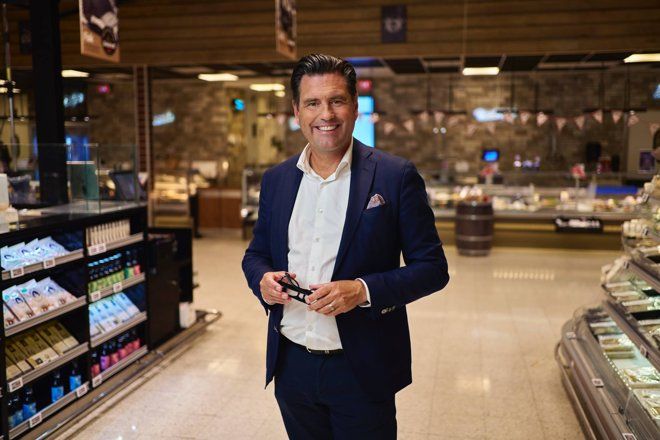3 questions about science-based targets

Hi, Kairit Kuusik, climate specialist. What does the approval mean for Duni Group?
"Science-based targets are a comprehensive pathway for businesses showing commitment to actions to reduce their greenhouse gases. The approval of our SBTs marks a significant milestone in our journey towards becoming a trusted sustainability leader in our industry. It demonstrates our commitment to reducing our environmental impact and aligning our operations with the latest climate science."
"Currently, we have focused on scope 1 and 2 reductions, where we have a good fact base and control over our emissions. Going forward we will put more emphasis on scope 3 - our indirect emissions. We will need to prioritize, as there are 15 different categories in scope 3. Based on the calculations made, we will start with category 1: Purchased goods and services. For us it means cooperation and continuous collaboration with our suppliers."
How was the process?
"I think the process was both insightful and challenging. It began with a comprehensive scope 3 emissions calculation, which was new for Duni Group. This involved gathering and analyzing a vast amount of data to establish a baseline of our indirect emissions. This initial step provided valuable insights into our emission sources, paving the way for setting our science-based targets."
What are the biggest challenges going forward?
"Data quality, particularly for scope 3 emissions, is a significant challenge not only for Duni Group but for many companies. To address this, we have published a data quality evaluation in our Annual & Sustainability report to continuously monitor and improve data accuracy."
"Additionally, collaboration with our suppliers and customers is crucial for achieving our ambitious targets. We are committed to working closely with our partners to identify and implement emission reduction strategies throughout our value chain."
"In the further future we also plan to address other categories in scope 3 e.g., logistics, travel partners, and energy usage of our products throughout their lifetime. We also need to know more about the infrastructure for the end-of-life products in our various markets, so that our products can be recycled and given new life."
Contact us




